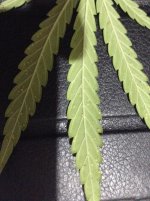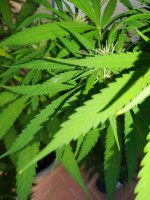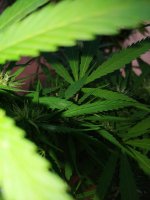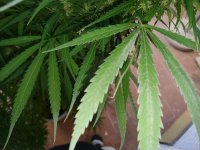Hombre del mont
Dr of Stupidity
Hi Chaps, My Panama (outside in the earth) has about 3 to 4 weeks left till she's done. Yesterday i noticed that i'm getting more yellowing and falling leaves than i would have expected. When i exaximned them i discovered that i have a bad infestation of aphids. I have removed the worst affected leaves. I'm using neem in the irrigation water. Is there aything else i can use at this late stage.
I'm currently not able to upload photo's, but aphids are aphids.
Many thanks
I'm currently not able to upload photo's, but aphids are aphids.
Many thanks









